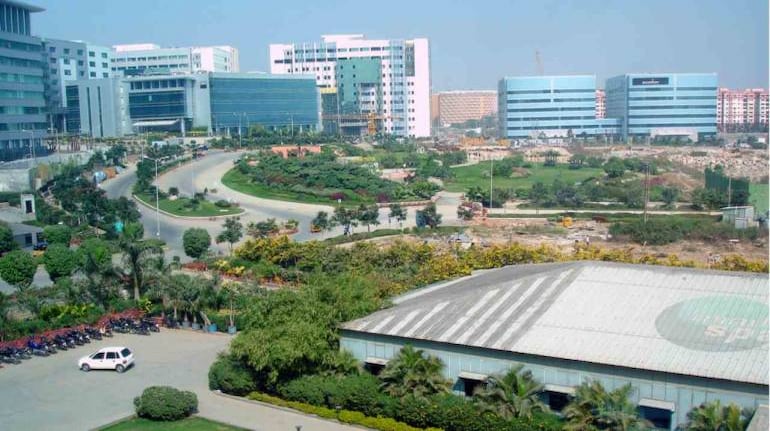



Revenue per employee (RPE), an indicator of employee productivity, continues to remain stagnant for IT services despite the increase in digital revenue over the last three years.
According to industry watchers, inconsistency in what amounts to digital and pricing pressure are a few reasons why RPE continues to grow at a much slower pace.
Take for instance the revenue per employee growth in the top four Indian IT services firms over the last three years.
Infosys’ RPE saw marginal growth and now stands at $54,000 on average between FY18 and FY20 after a 6 percent increase in FY18. TCS and Wipro’s RPE metric stood at $49,000 and $48,000 on average, respectively. HCL Tech’s RPE stood on average $65,000 after an 8 percent increase compared to FY17. (RPE is calculated by dividing revenue by the total number of employees in each firm.)
With digital growing over 20 percent year-on-year for these firms, RPE should have increased ideally. However, it did not.
Why hasn’t the digital growth helped improve RPE?Phil Ferst, CEO, HFS Research, an analyst firm, told Moneycontrol recently that, “Digital revenues are meaningless since each provider is simply lumping all sorts of stuff in there.”
Digital broadly denotes revenue from new-age businesses such as cloud, products and platform services that leverage these technologies. However, this definition differs from one company to another.
For TCS and Infosys, consulting, cloud, platforms and new age technologies are considered part of digital revenue, whereas Wipro does not count business from consulting as part of digital. For HCL Tech, products, platforms, IP and new-age services account for digital revenues.
That is why digital revenues, according to Ferst, has not really made an impact nor are they able to scale to a point where they make an impact. Take for instance robotic process automation (RPA), which companies have bet on.
Ferst pointed out that IT firms have not been able to scale up automation, which in turn, means firms are unable to cut down employees needed on tasks that could be automated.
“RPA has had little impact on provider operating margins to date, where everyone is really struggling to scale these solutions outside of tasks and project-based initiatives,” he added.
Another issue is that organisations continue to be top-heavy impacting margins and productivity. This is also one of the reasons for the recent layoffs the IT industry has witnessed.
Pricing pressureThe second issue is pricing. Are you setting a higher rate for digital compared to legacy, asked a Mumbai-based analyst, who did not want to be named.
According to him, pricing for digital projects are only slightly more than that of legacy and that is why there is not much margin difference between the legacy and digital projects.
Sangeeta Gupta, senior VP and chief strategy officer, NASSCOM, told Moneycontrol at sidelines of an event recently, that currently there is not much of a difference in terms of margins between traditional and digital businesses. However as digital businesses scale, the margin difference will increase as well, she added.
“In digital, consulting is a high margin business and it will have operations, which is the implementation. This (implementation of digital) may not be significantly high margin but will be over a period of time as today the digital business is not very high compared to the traditional IT services.”
Discover the latest Business News, Sensex, and Nifty updates. Obtain Personal Finance insights, tax queries, and expert opinions on Moneycontrol or download the Moneycontrol App to stay updated!
Find the best of Al News in one place, specially curated for you every weekend.
Stay on top of the latest tech trends and biggest startup news.